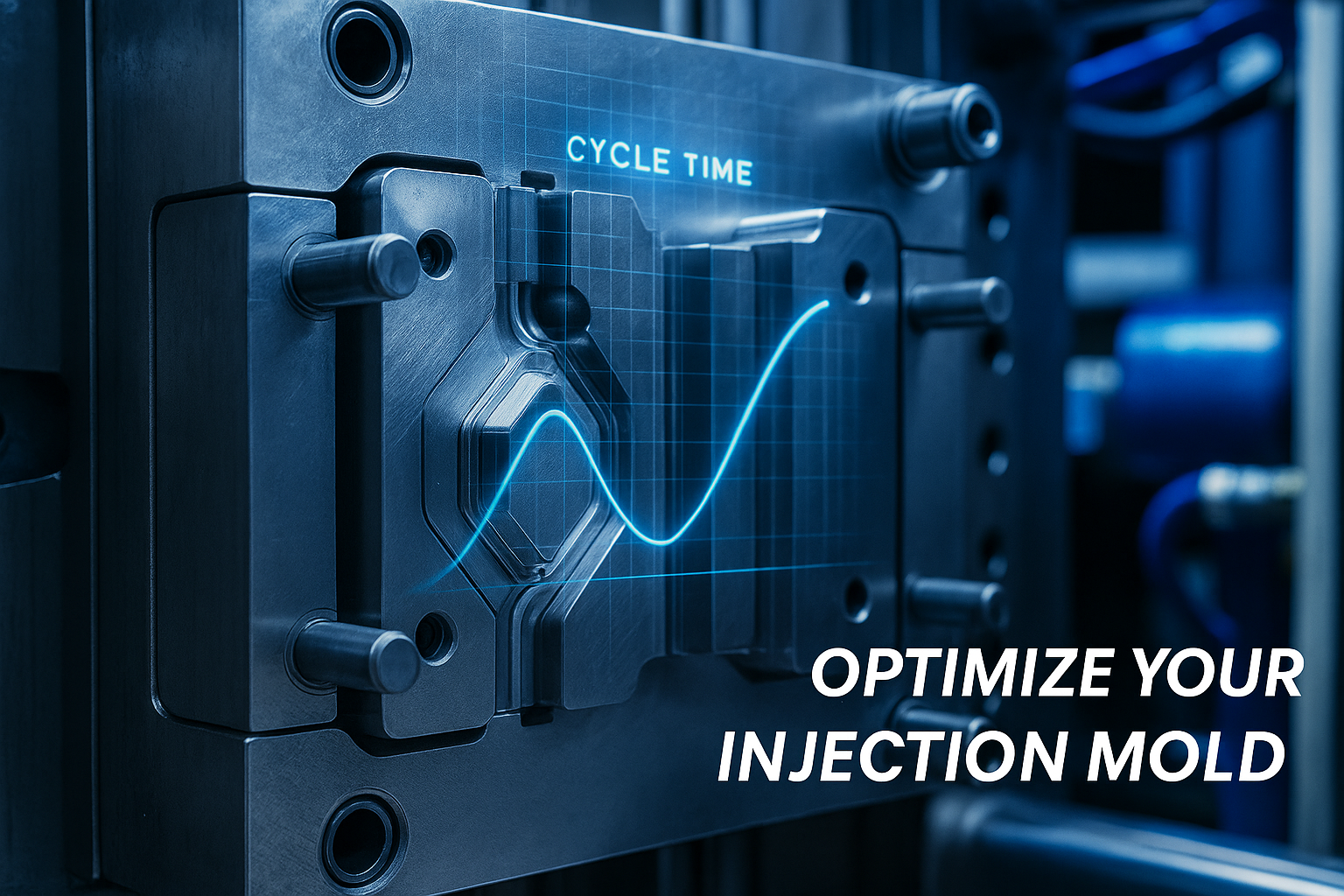Optimize Your Injection Molding Mold for Cost‑Effective and Consistent Production
Optimize Your Injection Molding Mold for Cost‑Effective and Consistent Production

A well‑designed mold is the heartbeat of any injection‑molding program. From cycle time to dimensional accuracy and maintenance overhead, nearly every production KPI ties back to tooling choices made long before the first shot. By proactively optimizing your injection molding mold, you can drive down cost per part, extend tool life, and ensure rock‑solid consistency—shift after shift. Below, we outline the design, material, and process strategies that deliver maximum ROI, and how Taiwan‑based INTERTECH (https://www.taiwanmoldmaker.com) puts them into practice.
1 Design for Manufacturability (DFM) First
| Optimization Move | Cost & Consistency Benefit |
|---|---|
| Uniform wall thickness | Reduces sink marks, shortens cooling time, lowers cycle cost |
| Generous draft angles | Smooth ejection → less wear and fewer cosmetic defects |
| Balanced runner system | Equal cavity fill, higher CpK, reduced scrap |
| Simplified parting lines | Fewer leaks/flash → less post‑trim labour |
| Self‑cleaning vents | Maintains fill quality, trims downtime for manual vent cleaning |
INTERTECH offers free CAD reviews and Mold‑Flow simulation to validate these elements before steel is cut.
2 Select the Right Tool Steel & Surface Treatment
| Volume / Resin | Steel Choice | Surface Option | Advantages |
|---|---|---|---|
| < 10 k shots (PP, ABS) | Aluminum 7075 | N/A | Fast build, low cost |
| 10 k–500 k (PC/ABS, GF PP) | P20 pre‑hardened | Nitrided gates | Balanced durability vs. investment |
| 500 k+ (PPS, PEEK, GF PA) | H13 / S136 | DLC / TiN coating | High wear, corrosion, thermal stability |
Proper steel and coating selection minimizes polishing, reduces flash, and extends preventive‑maintenance intervals.
3 Integrate Conformal Cooling for Faster Cycles
-
Metal AM inserts follow part geometry, eliminating hot spots.
-
Typical cycle‑time reduction: 15–30 % on thick or semi‑crystalline parts.
-
Payback: often < 6 months on medium‑volume programs.
4 Implement Smart Mold Monitoring
| Sensor Type | Monitored Metric | Yield Impact |
|---|---|---|
| Cavity pressure | Short shots, pack pressure | CpK stability, auto‑reject bad parts |
| Mold‑temp ΔT | Cooling imbalance | Prevents warp and sink defects |
| Shot counter & lube monitor | Maintenance alerts | Scheduled PM, avoids emergency downtime |
INTERTECH integrates IO‑Link® or eDART® sensors into molds and streams data to customer dashboards.
5 Ease of Maintenance = Uptime
-
Modular inserts over wear areas enable in‑press swap‑outs.
-
Standard components (springs, bushings) simplify spare‑parts stocking.
-
Slide‑out ejector plates allow cleaning without full mold teardown.
6 Case Example: 20 % Cost‑per‑Part Reduction
A North American appliance maker faced long cycles and flash on a 4‑cavity ABS front‑panel mold. INTERTECH redesigned cooling with conformal channels and tightened shut‑offs:
-
Cycle time dropped from 38 s → 30 s (21 % gain).
-
Flash scrap rate fell from 4 % → 0.5 %.
-
Annual savings: US$ 180 k across three production cells.
7 Steps to Optimize Your Mold with INTERTECH
-
Submit 3‑D CAD for complimentary DFM + flow analysis.
-
Receive cost‑saving redesign suggestions within 48 h.
-
Select steel & cooling options based on volume/ROI models.
-
Digital twin validation—cavity pressure, thermal simulation.
-
Pilot run & CpK study—documented for PPAP or ISO 13485.
Explore our tooling capabilities or request a mold audit quote via contact page.
Conclusion
Optimizing an injection molding mold isn’t a luxury; it’s a strategic lever to cut cost, boost consistency, and future‑proof capacity. With simulation‑driven design, high‑performance steels, and smart monitoring, INTERTECH delivers molds that pay dividends over millions of shots—keeping your production line profitable and predictable.
Ready to sharpen your tooling ROI? Contact INTERTECH for a detailed optimization roadmap.








